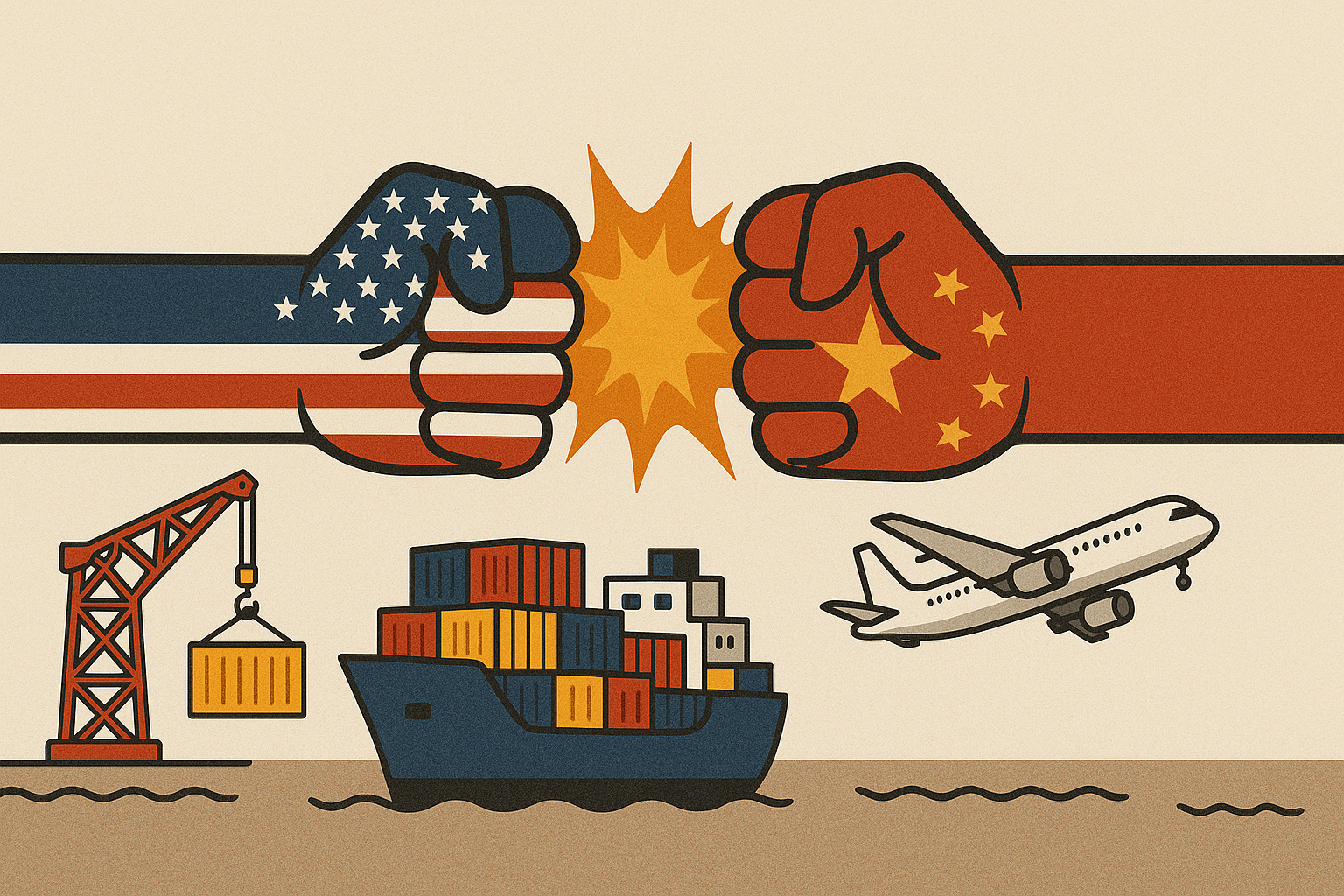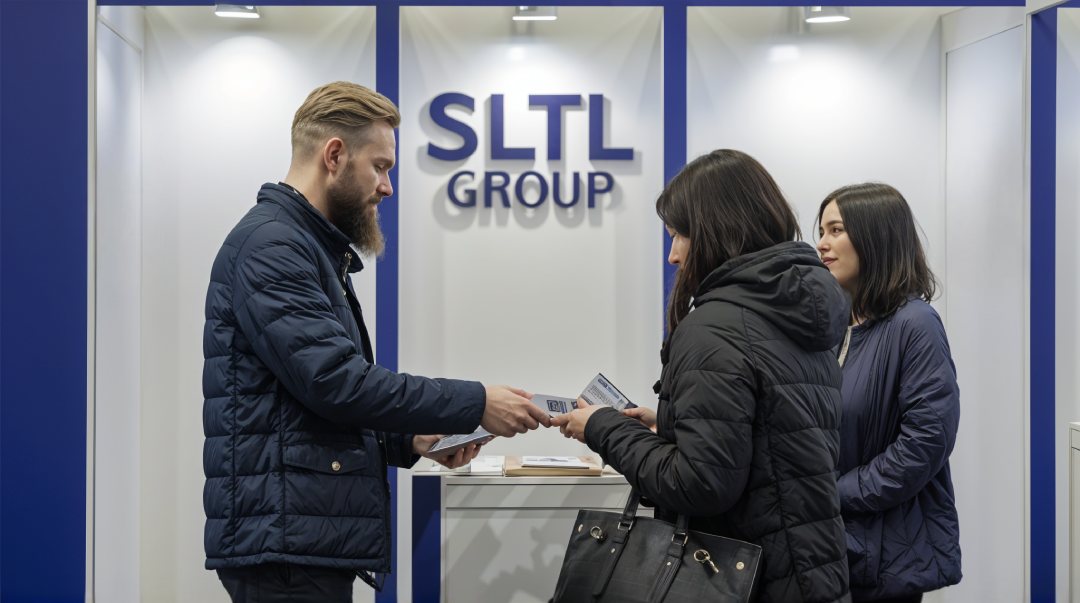Imagine you’re baking a cake. You need flour, sugar, eggs, and butter. But what if every time you bought flour from your neighbor, they charged you extra money just because you lived next door? That extra charge is like a tariff.
Now, let’s step into the big world of civil aviation — that’s the industry that makes airplanes, keeps airports running, and allows people to fly from one country to another. Civil aviation is like a giant cake with ingredients from all over the world. And tariffs? They’re the extra charges countries add when buying or selling these ingredients (airplane parts, engines, electronics, etc.) across borders.
But what does this have to do with laser cutting machines? A lot. Let’s walk through it together.
Civil Aviation: A Truly Global Industry
Planes aren’t made in one country. The wings might come from Japan. The engines could be made in the USA. The seats may be manufactured in Germany. And the landing gear? Maybe from Canada.
All these parts need to travel across countries. When one country sells a part to another, tariffs might be added. It’s like paying a toll on every road you take while delivering cake ingredients.
Laser cutting machines play a huge role here. Many of these airplane parts are cut, shaped, and finished using laser cutting machines. Whether it’s the precise holes in a wing panel or intricate shapes for the engine housing, lasers are behind the scenes.
What Exactly is a Tariff?
A tariff is a tax. That’s it.
When Country A sells something to Country B, Country B might say, “Sure, you can sell that here, but you have to pay a little extra.” That extra money goes to Country B’s government.
Governments use tariffs for many reasons:
- Protect Local Businesses: If local airplane part makers can’t compete with cheaper imports, tariffs make imports more expensive, helping locals sell more.
- Make More Money: Governments like revenue.
- Political Reasons: Sometimes countries use tariffs to send a message or negotiate better deals.
How Do Tariffs Affect Civil Aviation?
Let’s say a plane manufacturer in the USA wants to buy landing gear from Canada. If Canada puts a tariff on selling that landing gear to the USA, the price goes up.
Who pays? Usually, it’s the airplane maker. That makes building planes more expensive. In the end, you and I might pay more for flight tickets.
Now, let’s zoom in on laser cutting machines.
Laser Cutting Machines in Civil Aviation: The Unsung Heroes
Before a plane flies, thousands of parts need to be perfectly cut. Laser cutting machines are like expert chefs with laser-sharp knives. They cut metals, plastics, and composites with incredible precision.
- Wings? Cut by lasers.
- Fuselage panels? Cut by lasers.
- Engine brackets? Yes, lasers again.
These machines help aviation companies build lighter, safer, and more efficient planes.
If there are tariffs on the machines themselves, or on the parts they produce, the whole industry feels the heat.
Global Trade: The Invisible Web
Global trade means countries buy and sell things to each other. For civil aviation, global trade is vital because no single country can make every part of a plane.
Imagine this:
- Japan makes advanced composites.
- Germany builds high-precision sensors.
- The USA specializes in engines.
- India provides software for flight systems.
When tariffs rise, trade slows down. If Japan’s composites become too expensive due to tariffs, plane makers might look elsewhere or pay more. Delays happen. Costs increase. Innovation slows.
And for companies that make laser cutting machines, like SLTL Group, this web is both an opportunity and a challenge.
Laser Cutting Machine Makers: Feeling the Ripple Effect
Let’s say SLTL sells laser cutting machines globally. When tariffs hit civil aviation, they hit SLTL too. Here’s how:
- Fewer Orders: If plane makers cut costs, they may delay buying new laser machines.
- Higher Prices for Raw Materials: If SLTL imports special components (like German optics or American sensors), tariffs make these parts costlier.
- Complicated Paperwork: Higher tariffs often mean more regulations and customs checks.
The Domino Effect: Simple But Serious
Think of it like dominoes. One small tariff in one country can knock over many pieces:
- A small part becomes expensive.
- Plane assembly costs rise.
- Airlines pay more for planes.
- Tickets become costly.
- Fewer people fly.
- Less demand for new planes.
- Less demand for laser cutting machines.
- Companies like SLTL feel the slowdown.
All from one small tariff!
When Trade Agreements Help
Some countries make special trade agreements to reduce or remove tariffs. These deals help industries like civil aviation thrive.
- Free Trade Agreements (FTAs): Countries agree not to charge tariffs on certain goods.
- Customs Unions: Groups of countries agree to have common tariffs for outsiders but free trade among themselves.
For laser cutting machine makers, these agreements are golden. They can sell machines across borders without extra charges.
Real-World Example: US-China Trade War
A few years ago, the US and China started charging big tariffs on each other’s products. Aircraft parts, electronics, metals — all became more expensive.
Many aviation companies struggled:
- Boeing had to rethink supply chains.
- Chinese airlines delayed orders.
- Laser machine makers saw reduced global demand.
Tariffs caused a chain reaction. Even companies not directly involved in the fight (like SLTL) felt the pinch because global trade slowed down.
Laser Cutting Machines: A Smart Solution in Tough Times
Despite these challenges, laser cutting machines offer one big advantage: efficiency.
When costs rise due to tariffs, companies look for ways to save money. Laser cutting machines help by:
- Reducing material waste.
- Speeding up production.
- Lowering labor costs.
- Delivering consistent quality.
In tough trade climates, many aviation companies upgrade to smarter, more efficient machines to survive.
This is where SLTL’s IoT-enabled laser cutting machines shine. By using data, these machines optimize cutting paths, predict maintenance needs, and improve uptime. Even when tariffs bite, companies can still stay profitable with such technologies.
Emerging Markets: New Hopes, New Challenges
While traditional markets like the USA and Europe face trade tensions, new markets emerge:
- Southeast Asia (Vietnam, Indonesia)
- Africa
- Latin America
These regions are investing in aviation and manufacturing. For laser cutting machine makers, these are new opportunities.
But they come with questions:
- Will these countries impose tariffs?
- Are there trade agreements in place?
- What are the logistics challenges?
Understanding the trade landscape is key for companies like SLTL to expand successfully.
The Future: Automation, Digitalization, and Smarter Trade
As civil aviation evolves, laser cutting machines will become even more crucial. Smart factories, digital twins, and fully automated production lines will rely on precise cutting.
At the same time, governments may realize that high tariffs hurt everyone. More global cooperation could emerge.
- Digital trade agreements
- Zero-tariff corridors
- Blockchain for transparent customs
For SLTL, staying ahead in technology means being ready for any trade scenario.
Wrapping It All Up: A Simple Summary
- Civil aviation needs parts from everywhere.
- Tariffs make buying and selling these parts more expensive.
- Higher costs slow down the whole aviation industry.
- Laser cutting machines are deeply connected because they make the parts.
- When trade slows, machine makers feel it too.
- Smart laser machines can help companies save money even in tough times.
- Emerging markets bring new hope but require careful planning.
- The future may bring smarter, fairer global trade.
Your Takeaway
Next time you see a plane flying overhead, remember: it’s not just metal flying in the sky. It’s the result of a global web of trade, tariffs, politics, and technology — and somewhere in that web, a laser cutting machine quietly did its job.
For companies like SLTL, understanding global trade isn’t just economics — it’s survival. And for the world, better cooperation means more affordable, safer, and more advanced aviation for everyone.










